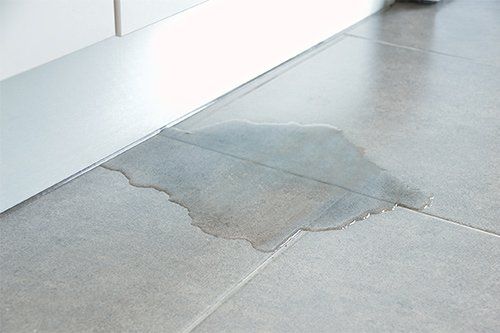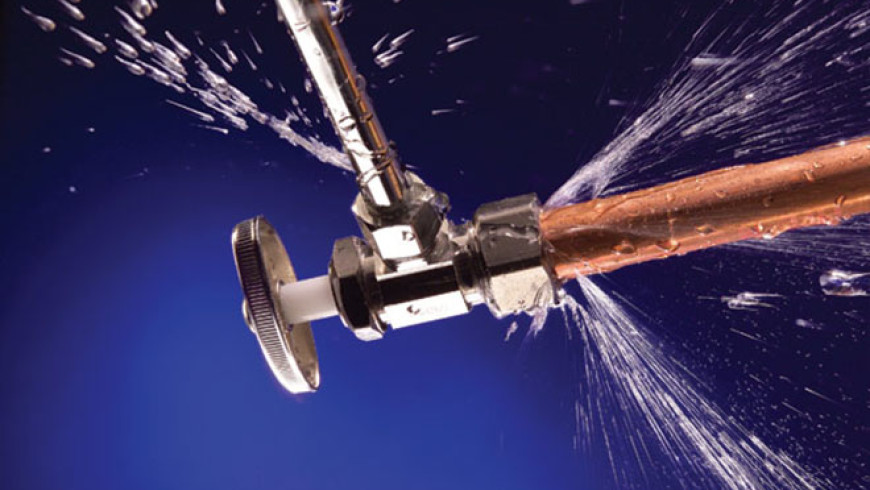Identifying the Primary Causes for Drips in The Home
Identifying the Primary Causes for Drips in The Home
Blog Article
Just how do you really feel in relation to How to detect water leaks in your home?

Leaks not only cause waste of water yet can additionally create unneeded damage to your house and advertise unwanted natural development. Water leaks may go unnoticed since many of the pipework in our house is hidden. By understanding as well as looking for daily situations that cause leaks, you can safeguard your home from future leaks and unnecessary damage. Today, we will certainly consider 6 leakage creates that might be triggering your pipes to drip.
Encroaching roots
Many water leaks start outside the residence rather than inside it. You might observe wet spots or sinkholes in your lawn, and that could mean that tree origins are invading water lines creating water to seep out.
Corroded water systems
This might be the reason of discoloration or warping on your water pipelines. If our plumbing system is old, think about replacing the pipelines considering that they are at a greater danger of rust than the newer designs.
Faulty Pipe Joints
The factor at which your pipes connect is regularly the weakest link in the waterline. Pipe joints can weaken with time, causing water leakages. The majority of pipeline joints are not easily noticeable. If you have noisy pipes that make ticking or banging noises, specifically when the hot water is switched on, your pipe joints are most likely under a great deal of pressure. It is a good idea to have your plumber evaluate your system once a year.
Instant temperature level modifications.
Extreme temperature level adjustments in our pipelines can trigger them to expand and also contract unexpectedly. This development and tightening might trigger cracks in the pipelines, especially if the temperature level are below cold.
Poor Water Connectors
At times, a leakage can be triggered by loosened pipes and pipelines that provide your home appliances. Typically, changing is what creates the loosened water Connections. You may discover when it comes to a cleaning machine, a hose pipe may spring a leak because of shaking during the spin cycle. In case of a water connections leak, you may notice water running straight from the supply line or pools around your appliances.
Blocked Drains
Obstructed drains pipes might be frustrating and inconveniencing, but they can sometimes wind up triggering an overflow bring about burst pipelines. Maintain getting rid of any type of products that might go down your drains pipes that can obstruct them to stay clear of such aggravations.
All the above are root causes of leaks however not all water leakages arise from plumbing leakages; some leakages may originate from roofing leaks. All leaks should be fixed quickly to stay clear of water damage.
Leaks not just cause waste of water however can also trigger unneeded damages to your house as well as promote undesirable organic development. By recognizing as well as looking for everyday scenarios that cause leakages, you can safeguard your residence from future leaks and also unnecessary damages. Today, we will look at 6 leakage triggers that may be causing your pipes to trickle.
At times, a leak can be created by loosened pipes and also pipelines that provide your devices. In instance of a water connections leakage, you might observe water running straight from the supply line or pools around your appliances.
How To Check For Water Leak In Your Home
How To Check for Leaks
The average household's leaks can account for nearly 10,000 gallons of water wasted every year and ten percent of homes have leaks that waste 90 gallons or more per day. Common types of leaks found in the home are worn toilet flappers, dripping faucets, and other leaking valves. These types of leaks are often easy to fix, requiring only a few tools and hardware that can pay for themselves in water savings. Fixing easily corrected household water leaks can save homeowners about 10 percent on their water bills.
To check for leaks in your home, you first need to determine whether you're wasting water and then identify the source of the leak. Here are some tips for finding leaks:
Take a look at your water usage during a colder month, such as January or February. If a family of four exceeds 12,000 gallons per month, there are serious leaks.
Check your water meter before and after a two-hour period when no water is being used. If the meter changes at all, you probably have a leak.
Identify toilet leaks by placing a drop of food coloring in the toilet tank. If any color shows up in the bowl after 10 minutes, you have a leak. (Be sure to flush immediately after the experiment to avoid staining the tank.)
Examine faucet gaskets and pipe fittings for any water on the outside of the pipe to check for surface leaks.
Undetected water leaks can happen without the home or business owner even realizing. If you suspect a water leak, but not able to find the source. It is time to contact a professional water leak detection service, The Leak Doctor.
How To Find a Water Leak In Your Home
https://www.leakdoctor.com/blog/How-To-Check-For-Water-Leak-In-Your-Home_AE197.html

We were introduced to that article on How to detect water leaks in your home through someone on a different blog. Enjoyed our blog? Please share it. Help another person locate it. Thank-you for your time invested reading it.
View Website Report this page